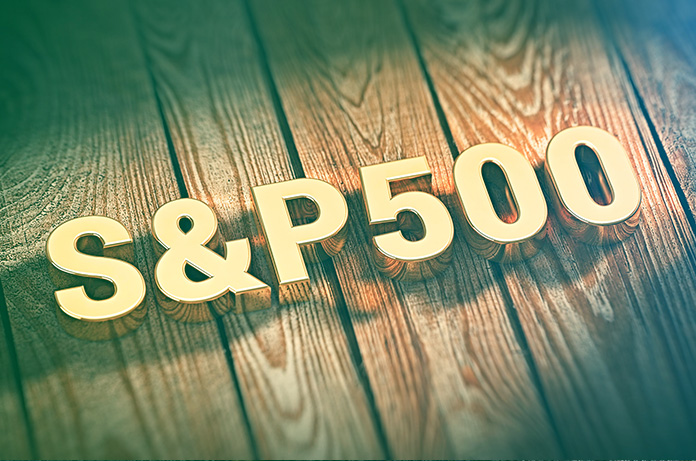
It is difficult to comprehend that the S&P500 is now pretty much unchanged on the year; how does that happen? Well, don’t fight the Fed is as good a place as any to start. In fairness, whether you believe the US jobs data or not, it was enough to continue that sentiment.
The headline Non-Farm Payrolls came in with a GAIN of 2.5m versus a consensus for a LOSS of 8m! As such the unemployment rate dipped to 13.3% versus an expected 19.8%. Sure, there are some anomalies in the data that have been highlighted but equity investors weren’t reading nor caring! But it wasn’t just equity investors getting excited; credit was also ripping tighter.
I can point all I want to the stretched valuations and the overbought (risk assets) indicators but there seems to be plenty of cash on the sideline. That is true in equities and credit. Genworth excepted, new issues have received a rapturous reception from credit fund managers. Primary issues have been heavily oversubscribed and have also seen considerable tightening from IPT to actual pricing.
The mentality is back to that of January and early February – i.e. pre-COVID-19 – that is to buy on dips. Most agree that we are due another retracement and that could test the recent lows, but for now, many are happy picking pennies up in front of the steamroller. FOMO is the biggest market driver.
It is almost like the last 3-4 months hasn’t happened, and that to me is just plain crazy.
Speaking of plains or that should be planes, the bid process for Virgin Australia is getting to the pointy end. Bondholders will be sat squeaky bummed, as a representative group has been formed, it will be interesting to see how much of a seat at the table it gets. To be honest, most will be just looking to see what they can recover.
On that point, the AFR has this depressing comment: “Clearly, the bondholders’ view of their own importance is not a view universally shared by all in the Virgin process. Most of the private equity bidders who’ve been in the race for Virgin have seemingly spent little or no time thinking about them; one memorably told Chanticleer early on in the process that the bondholders might need to ‘pay to play’ – that is, put up more money if they wanted to play a part in Virgin’s future.”
There was some good news on the COVID-19 front, with NZ declaring that the country was free of active cases, which is amazing. It’s not so good from a rugby point of view, as they can now not only start a revised domestic competition, but it will also be played in front of packed stadiums. And I’ll be watching it on TV, too. It hardly seems fair; like the All Blacks need any more help to be the best team in the world (outside the world cups)!
In Australia, businesses are slowly opening but we have still a lot further to go. It will be interesting to see how the road networks hold up given that most people will be driving to work (if possible) and that we were already at capacity pre-COVID-19. I’m also concerned about the large protests that we have seen globally that could be the seeding events for another spike in cases and the feared second wave. I hope I am wrong, but viruses have a way of keeping going.
US equities were back on a tear and closed up 0.8-1.7%. European bourses closed mixed, between up 4.0% (Spain) and down 1.2% (Holland).
UST 10yr yields were at 0.87% (-2bp). ACGB 10yr yields closed at 1.08% (unch.). The Aussie dollar was 0.2c higher at USD70.2c.
Credit was strongly bid: US IG closed at 67 (-6) and HY was at 425 (-39). In European credit, IG closed at 60 (-4) and XO was at 337 (-33). Aussie iTRAXX was at 90 (-2).
US economic data were generally robust: NFP – HIT; Unemployment Rate – HIT; Average Hourly Earnings – MISS; Average Weekly Hours – HIT; and Participation Rate – HIT.
Elsewhere, oil was lower by 3.5-3.6%. Iron ore was up about 5%.
Tin hats on!






























